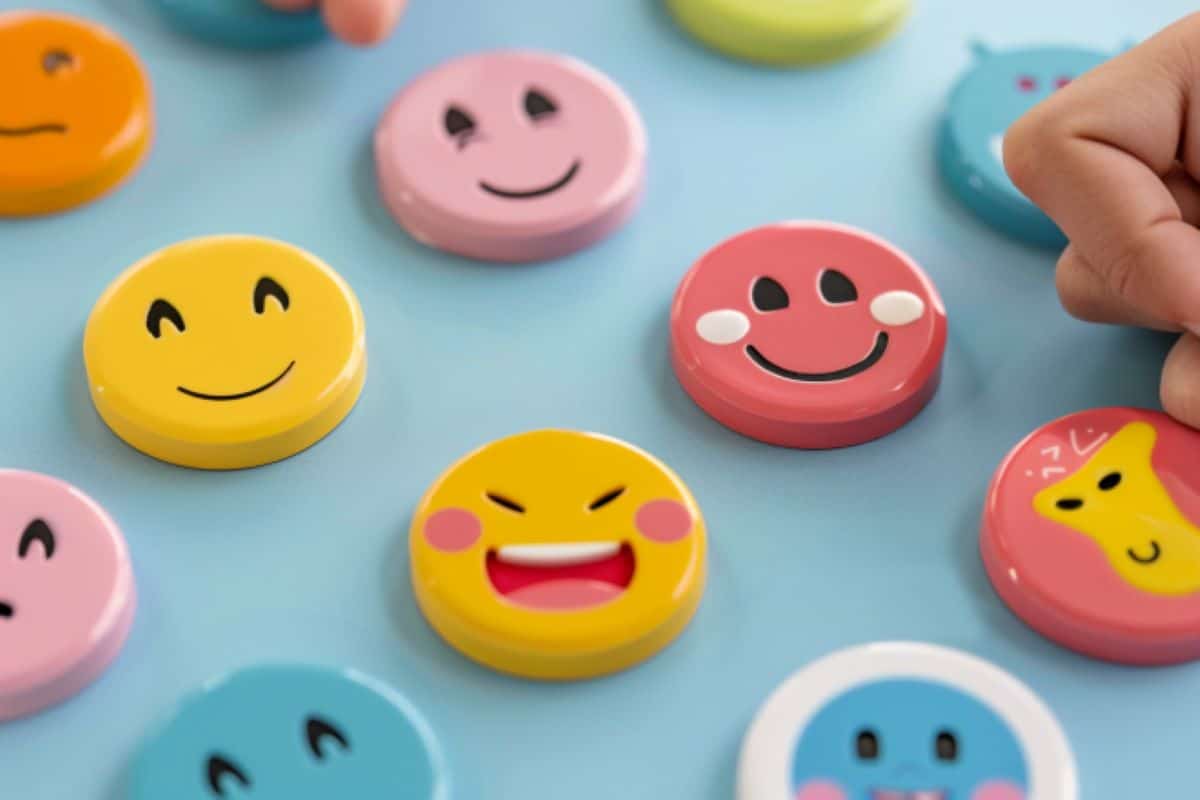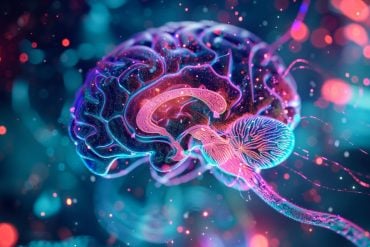Summary: Incorporating tactile emoticons into social media interactions enhances feelings of support and approval. Participants using a mock platform preferred receiving feedback through both visual and tactile cues over visual-only feedback.
Tactile feedback, such as a stroke on the forearm, conveyed additional emotional context. The findings suggest touch can improve digital communication, informing future technology developments.
Key Facts:
- Tactile emoticons enhance feelings of support and approval in social media.
- Participants preferred feedback combining visual and tactile cues.
- Touch provides additional emotional context, improving communication.
Source: PLOS
Including “tactile emoticons” into social media communications can enhance communication, according to a study published June 12, 2024 in the open-access journal PLOS ONE by Alkistis Saramandi and Yee Ki Au from University College London, United Kingdom, and colleagues.
Digital communications rely exclusively on visual and auditory cues (text, emoticons, videos, and music) to convey tone and emotion.

Currently lacking from these platforms is touch, which can convey feelings of love and support, impact emotions, and influence behaviors. Technology companies are developing devices to incorporate touch into digital interactions, such as interactive kiss and hug transmission devices.
These social touch devices can elicit feelings of closeness and positive emotions, but the effect of touch in social media communication is not well studied.
In this study, researchers incorporated tactile emoticons into social media interactions. Using a mock social media platform, participants were given posts to send that expressed either positive or negative emotions.
They then received feedback via visual emoticons (e.g., a heart or thumbs up), tactile emoticons (a stroke on the forearm by either another person or a robotic device), or both.
Participants felt greater feelings of support and approval when they received the tactile emoticons compared to the visual-only feedback.
This suggests that social touch, even by a stranger, can convey meaning without any other accompanying communication. Feedback consisting of both visual and tactile emoticons was preferred over either type of emoticon alone.
The researchers noted that touch could offer additional context to visual emoticons, which can be misinterpreted. They also found that the type of touch matters.
Touch delivered at a speed that activates the C-Tactile nervous system, which produces positive emotions associated with touching or embracing, was experienced more favorably than other types of touch.
According to the authors, this is the first study to explore the role of touch in communicating emotions via social media. They hope that the results can inform the development of devices to deliver touch during digital communications.
The authors add: “Touch has long been essential to human bonding and survival, yet in our digitized world we are more isolated and touch-deprived than ever. What if we could use ‘digitalized touch’ to bring us closer in communicating emotions in today’s world?”
Funding: This work was undertaken with funding from the UCL Social Science+ award (to CJ, NB and AF; https://www.ucl.ac.uk/research/domains/collaborative-social-science/research/social-science-plus), and in part with funding from the European Research Council (ERC) Starting Grant ERC-2012-STG GA313755 (to AF; https://erc.europa.eu/apply-grant/starting-grant), and the European Union’s Horizon 2020 research and innovation programme under grant agreement No. 818070, for the Consolidator Award METABODY (to AF; https://erc.europa.eu/apply-grant/consolidator-grant).
About this social neuroscience research news
Author: Hanna Abdallah
Source: PLOS
Contact: Hanna Abdallah – PLOS
Image: The image is credited to Neuroscience News
Original Research: Open access.
“Tactile emoticons: Conveying social emotions and intentions with manual and robotic tactile feedback during social media communications” by Alkistis Saramandi et al. PLOS ONE
Abstract
Tactile emoticons: Conveying social emotions and intentions with manual and robotic tactile feedback during social media communications
Touch offers important non-verbal possibilities for socioaffective communication. Yet most digital communications lack capabilities regarding exchanging affective tactile messages (tactile emoticons).
Additionally, previous studies on tactile emoticons have not capitalised on knowledge about the affective effects of certain mechanoreceptors in the human skin, e.g., the C-Tactile (CT) system.
Here, we examined whether gentle manual stroking delivered in velocities known to optimally activate the CT system (defined as ‘tactile emoticons’), during lab-simulated social media communications could convey increased feelings of social support and other prosocial intentions compared to (1) either stroking touch at CT sub-optimal velocities, or (2) standard visual emoticons. Participants (N = 36) felt more social intent with CT-optimal compared to sub-optimal velocities, or visual emoticons.
In a second, preregistered study (N = 52), we investigated whether combining visual emoticons with tactile emoticons, this time delivered at CT-optimal velocities by a soft robotic device, could enhance the perception of prosocial intentions and affect participants’ physiological measures (e.g., skin conductance rate) in comparison to visual emoticons alone.
Visuotactile emoticons conveyed more social intent overall and in anxious participants affected physiological measures more than visual emoticons.
The results suggest that emotional social media communications can be meaningfully enhanced by tactile emoticons.






